
Exploring the Wonders of Dixie National Forest
Discover the breathtaking landscapes and diverse wildlife of Dixie National Forest, Utah's hidden gem, nestled between Bryce Canyon and Zion National Parks.
Dixie National Forest, located in the heart of Utah, is a hidden gem waiting to be explored. Spanning nearly two million acres, this vast forest offers a diverse range of landscapes, from red rock formations and lush pine forests to alpine meadows and crystal-clear lakes. Visitors can experience the unique beauty of the Colorado Plateau while enjoying a variety of outdoor activities such as hiking, camping, fishing, and horseback riding. One of the most striking features of Dixie National Forest is its proximity to famous national parks like Bryce Canyon and Zion. This makes it an ideal base for tourists looking to explore the region. The forest itself is home to numerous scenic byways, including the famous Highway 12, often referred to as one of the most beautiful drives in America. Along the way, you'll encounter breathtaking vistas, historic sites, and charming small towns that reflect the rich cultural heritage of the area. Wildlife enthusiasts will also find Dixie National Forest to be a paradise. The forest is teeming with a variety of wildlife, including mule deer, elk, black bears, and a plethora of bird species. Whether you're an avid photographer or simply a nature lover, the opportunities for wildlife sightings are abundant. Moreover, the forest's diverse ecosystems provide a unique opportunity to learn about the region's flora and fauna, making it a fascinating destination for visitors of all ages.
Local tips in Dixie National Forest
- Visit in late spring or early fall for the best weather and fewer crowds.
- Bring plenty of water and snacks, as amenities are limited in the forest.
- Check for road conditions and closures, especially during winter months.
- Don't miss the scenic drive along Highway 12 for stunning views.
- Wear layers, as temperatures can vary greatly within the forest.
- Respect wildlife and maintain a safe distance from animals.
- Consider camping to fully immerse yourself in the natural beauty.
Exploring the Wonders of Dixie National Forest
Dixie National Forest, located in the heart of Utah, is a hidden gem waiting to be explored. Spanning nearly two million acres, this vast forest offers a diverse range of landscapes, from red rock formations and lush pine forests to alpine meadows and crystal-clear lakes. Visitors can experience the unique beauty of the Colorado Plateau while enjoying a variety of outdoor activities such as hiking, camping, fishing, and horseback riding. One of the most striking features of Dixie National Forest is its proximity to famous national parks like Bryce Canyon and Zion. This makes it an ideal base for tourists looking to explore the region. The forest itself is home to numerous scenic byways, including the famous Highway 12, often referred to as one of the most beautiful drives in America. Along the way, you'll encounter breathtaking vistas, historic sites, and charming small towns that reflect the rich cultural heritage of the area. Wildlife enthusiasts will also find Dixie National Forest to be a paradise. The forest is teeming with a variety of wildlife, including mule deer, elk, black bears, and a plethora of bird species. Whether you're an avid photographer or simply a nature lover, the opportunities for wildlife sightings are abundant. Moreover, the forest's diverse ecosystems provide a unique opportunity to learn about the region's flora and fauna, making it a fascinating destination for visitors of all ages.
When is the best time to go to Dixie National Forest?
Iconic landmarks you can’t miss
Zion National Park
Explore the breathtaking landscapes and rich history of Zion National Park, a top destination for outdoor adventure and natural beauty in Utah.
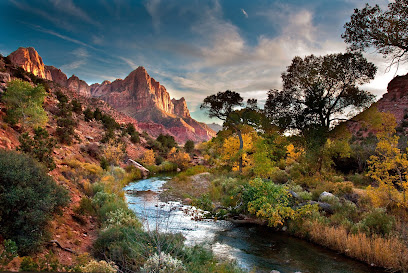
Arches National Park
Explore Arches National Park: A breathtaking natural wonderland in Utah with over 2,000 stunning sandstone arches and endless outdoor adventures.
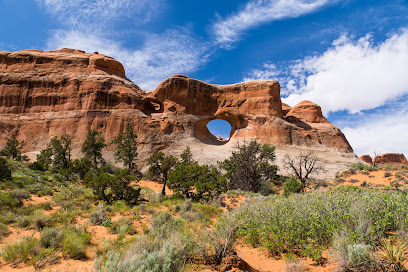
Bryce Canyon National Park
Experience the breathtaking hoodoos and vibrant landscapes of Bryce Canyon National Park, a must-visit gem in Utah's natural wonders.
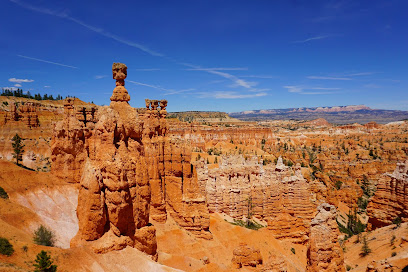
Bryce Canyon National Park Visitor Center
Explore the breathtaking beauty of Bryce Canyon National Park Visitor Center, your gateway to stunning landscapes and unique geological formations.
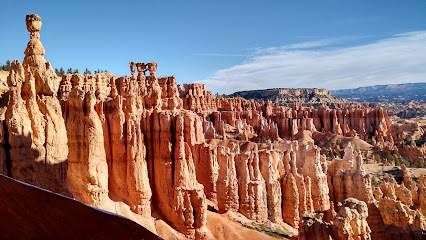
Capitol Reef National Park
Experience the breathtaking landscapes and rich history of Capitol Reef National Park in Utah, a must-visit destination for nature lovers and adventurers.
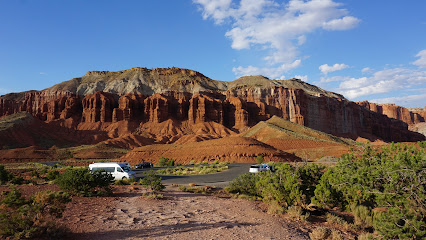
Grand Staircase-Escalante National Monument
Experience the breathtaking beauty of Grand Staircase-Escalante National Monument, a natural wonderland of cliffs, canyons, and rich cultural history in Utah.

Snow Canyon State Park
Discover the breathtaking landscapes and diverse activities at Snow Canyon State Park, a stunning Utah destination for outdoor enthusiasts and nature lovers.
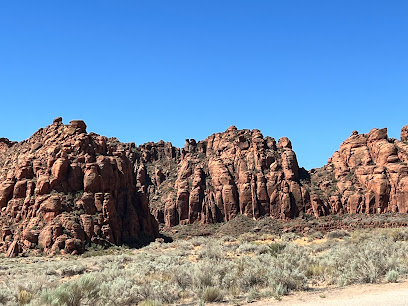
Bryce Canyon National Park Sunset Point
Explore the stunning landscapes of Bryce Canyon National Park's Sunset Point, where breathtaking views and hiking adventures await.
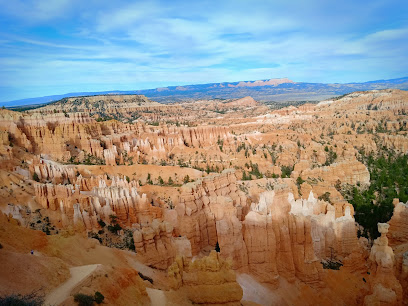
Cedar Breaks National Monument
Discover Cedar Breaks National Monument: A breathtaking natural amphitheater with stunning vistas, diverse wildlife, and unforgettable stargazing opportunities.

Manti-La Sal National Forest
Discover the majestic beauty of Manti-La Sal National Forest, a stunning natural retreat in Utah offering endless outdoor adventures and breathtaking scenery.
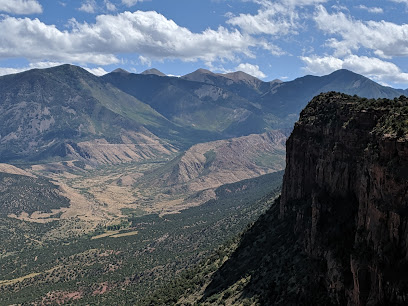
Gunlock State Park
Discover the adventure and tranquility of Gunlock State Park, a breathtaking destination for nature lovers and outdoor enthusiasts in Utah.
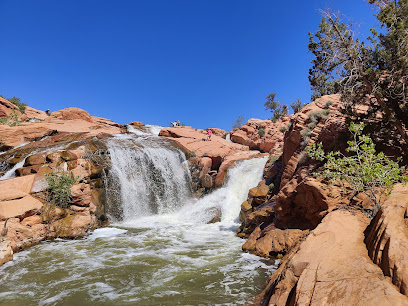
Moqui Cave
Explore Moqui Cave in Kanab, Utah – a captivating natural history museum showcasing stunning geological wonders and ancient artifacts.
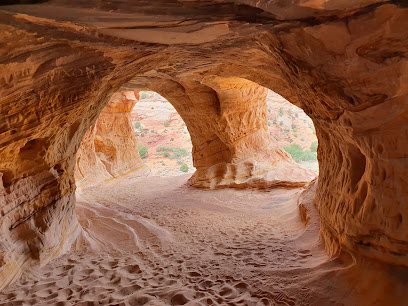
Bryce Point
Experience unparalleled views of Bryce Canyon's iconic hoodoos and stunning landscapes at Bryce Point, a must-visit for adventurous travelers.
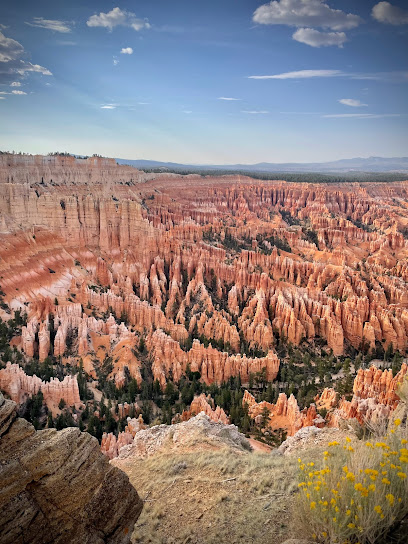
Kodachrome Basin State Park
Discover the stunning geological formations and vibrant landscapes of Kodachrome Basin State Park, a true hidden gem in Utah's natural beauty.
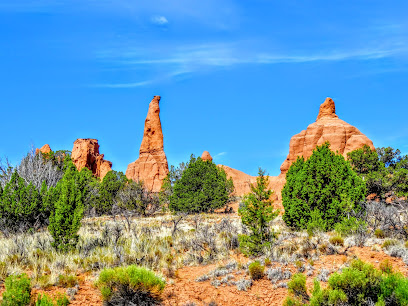
Natural Bridge
Explore the awe-inspiring Natural Bridge in Bryce Canyon National Park, a stunning testament to nature's artistry and geological history.
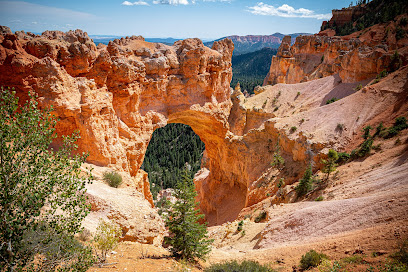
Unmissable attractions to see
Zion National Park
Discover breathtaking landscapes and exciting outdoor adventures at Zion National Park, a must-visit destination in Utah.
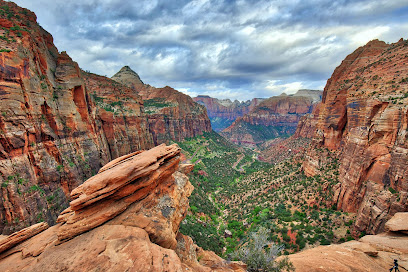
Arches National Park
Explore the stunning rock formations and breathtaking landscapes of Arches National Park, a true natural wonder in Utah.
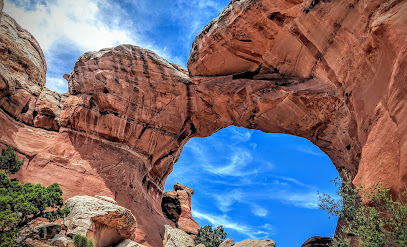
Bryce Canyon National Park
Explore the enchanting landscapes and unique hoodoos of Bryce Canyon National Park, Utah's breathtaking natural wonder.
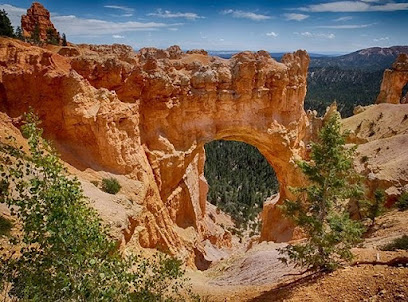
Bryce Canyon National Park Visitor Center
Explore the stunning beauty of Bryce Canyon National Park Visitor Center, your gateway to unforgettable landscapes and rich natural history.
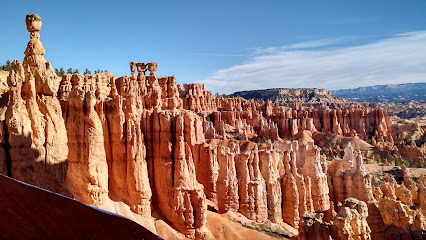
Canyonlands National Park
Explore the stunning landscapes of Canyonlands National Park, where nature's artistry creates a breathtaking playground for adventure seekers and nature lovers alike.
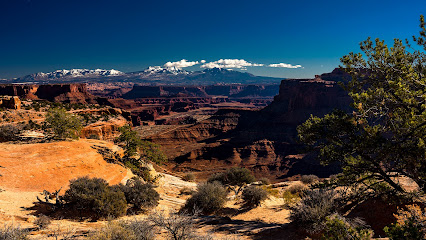
Capitol Reef National Park
Discover the breathtaking landscapes and rich history of Capitol Reef National Park, a must-visit destination for outdoor enthusiasts in Utah.
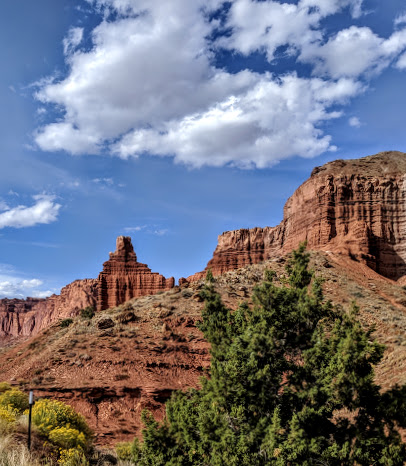
Grand Staircase-Escalante National Monument
Explore the stunning landscapes of Grand Staircase-Escalante National Monument, a natural wonder in Utah filled with canyons, plateaus, and rich wildlife.
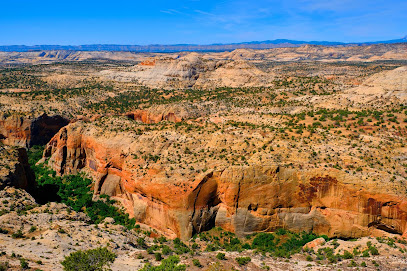
Snow Canyon State Park
Experience the breathtaking landscapes and outdoor adventures at Snow Canyon State Park, a true gem of Utah's natural beauty.
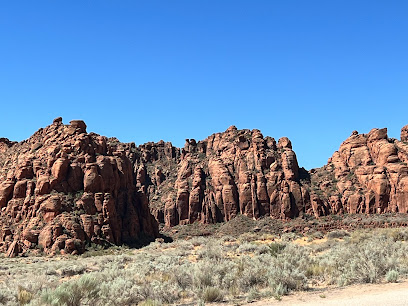
Fishlake National Forest
Explore the breathtaking landscapes and diverse wildlife of Fishlake National Forest, a natural gem offering endless outdoor adventures in Utah.
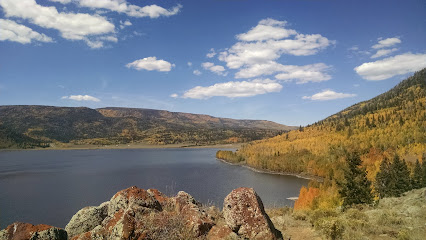
Hole 'N' The Rock
Explore the whimsical Hole 'N' The Rock in Moab, Utah, where nature meets art in a one-of-a-kind tourist attraction and zoo.
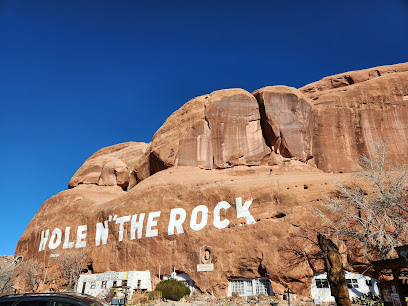
Cedar Breaks National Monument
Discover the breathtaking landscapes and vibrant rock formations of Cedar Breaks National Monument, a hidden gem in Utah's natural wonders.
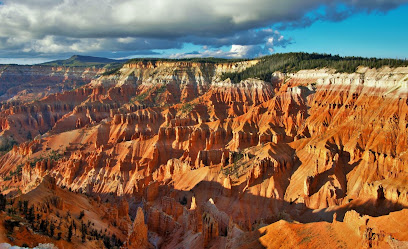
Manti-La Sal National Forest
Experience the beauty of Manti-La Sal National Forest, a haven for outdoor adventures and serene escapes in Utah's stunning wilderness.
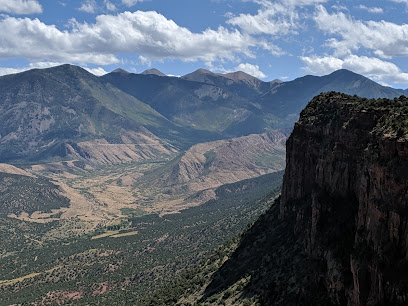
Brian Head Resort
Experience year-round adventure at Brian Head Resort, Utah's premier destination for skiing, snowboarding, and hiking amidst breathtaking mountain landscapes.
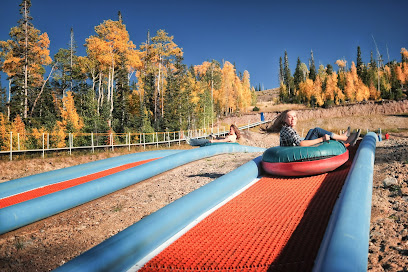
Gunlock State Park
Explore the breathtaking landscapes of Gunlock State Park, a tranquil oasis in Utah perfect for hiking, water sports, and nature photography.
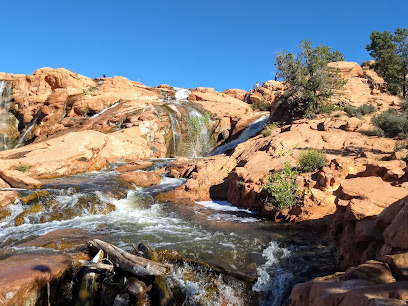
Kodachrome Basin State Park
Explore the vibrant beauty of Kodachrome Basin State Park, a unique Utah destination renowned for stunning landscapes and diverse outdoor activities.
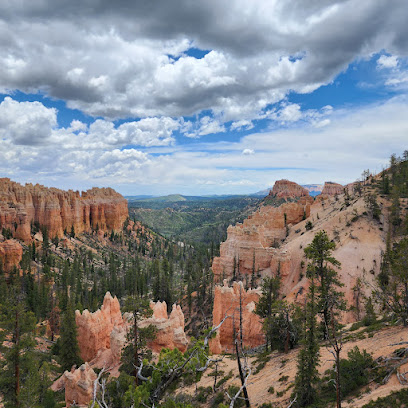
Essential places to dine
Ruby's Inn Cowboy's Buffet & Steak Room
Experience hearty cowboy cuisine at Ruby's Inn Cowboy's Buffet & Steak Room near Bryce Canyon – where flavor meets adventure!
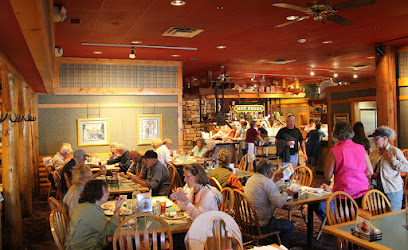
Stage Coach Grille
Experience mouthwatering steaks and delightful Southwestern dishes at Stage Coach Grille in La Verkin, Utah - a culinary gem waiting to be discovered.
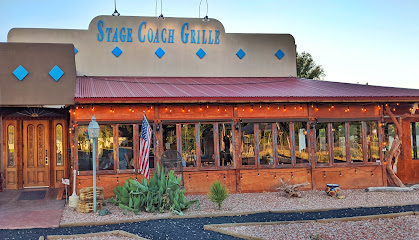
Thunderbird Restaurant
Experience authentic American cuisine at Thunderbird Restaurant in Mount Carmel - where delicious meals meet stunning Utah landscapes.

Bit & Spur Restaurant & Saloon
Experience authentic Southwestern American cuisine in a vibrant atmosphere near Zion National Park.
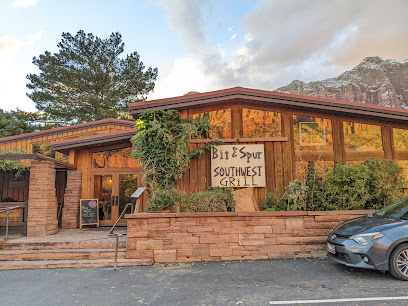
Wild Thyme Cafe
Experience delightful American cuisine at Wild Thyme Cafe in Kanab, Utah – where every meal is crafted with love and local ingredients.
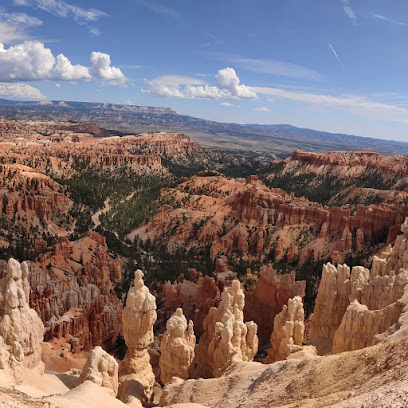
Lonny Boy's BBQ
Experience authentic Southern-style barbecue at Lonny Boy's BBQ in Hurricane, Utah—where smoky flavors meet friendly service.

Rooster Run Cafe
Experience authentic American cuisine at Rooster Run Cafe in Hurricane, Utah – where comfort meets flavor in every bite.
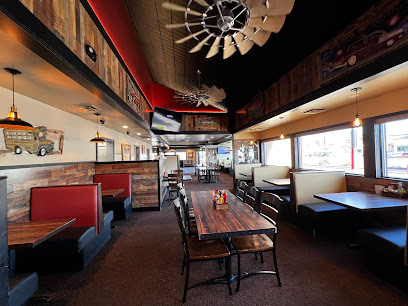
Houston's Trail's End Restaurant
Savor delicious American cuisine at Houston's Trail's End Restaurant in Kanab, Utah - where every meal is a delightful experience.
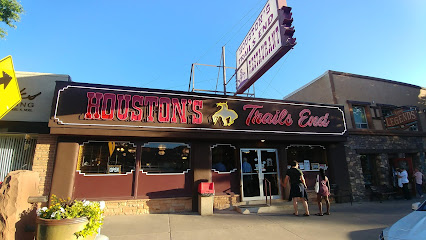
Spotted Dog
Discover Spotted Dog: A delightful American restaurant offering great food and drinks in Springdale, close to Zion National Park's stunning beauty.
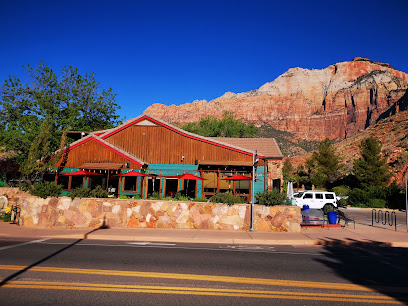
Iron Horse Restaurant
Experience authentic American barbecue and seafood at Iron Horse Restaurant in Kanab - where flavor meets hospitality.
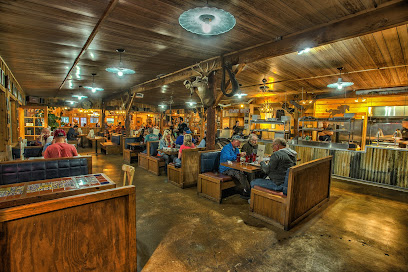
i.d.k. barbecue
Experience the best of American BBQ at i.d.k. barbecue in Tropic, Utah - where smoky flavors meet warm hospitality.
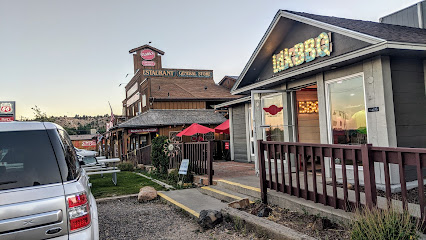
Peekaboo Canyon Wood Fired Kitchen
Experience delightful vegetarian cuisine at Peekaboo Canyon Wood Fired Kitchen in Kanab - where every meal is made with love and local ingredients.
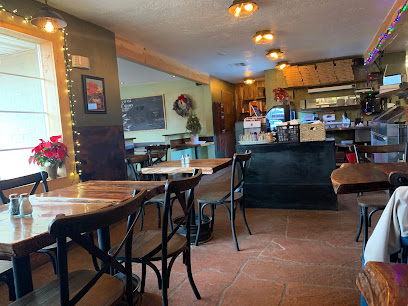
Pizza Place
Enjoy mouthwatering pizzas at Pizza Place in Tropic, Utah - the perfect spot for post-adventure dining near Bryce Canyon.
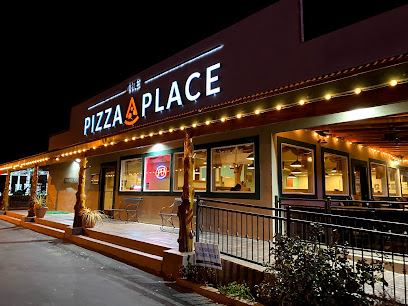
Red Fort Cuisine Of India
Experience authentic Indian flavors at Red Fort Cuisine in La Verkin - where every dish tells a story.
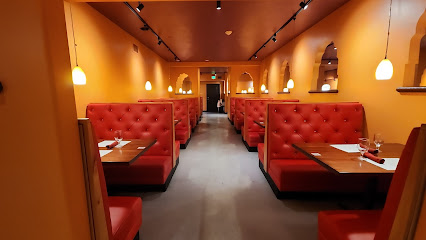
Balcony One
Discover Balcony One in Virgin, Utah - where delicious American cuisine meets a lively bar atmosphere amidst breathtaking views.
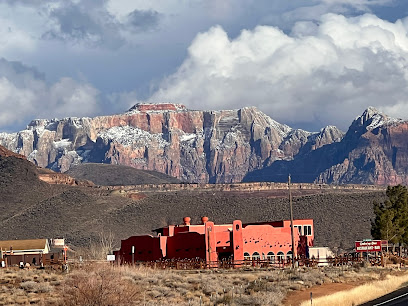
Essential bars & hidden hideouts
Cowboy's Smokehouse Cafe/Steakhouse
Discover Cowboy's Smokehouse Cafe/Steakhouse in Panguitch, Utah, where hearty barbecue and steak dishes await in a charming, rustic setting.
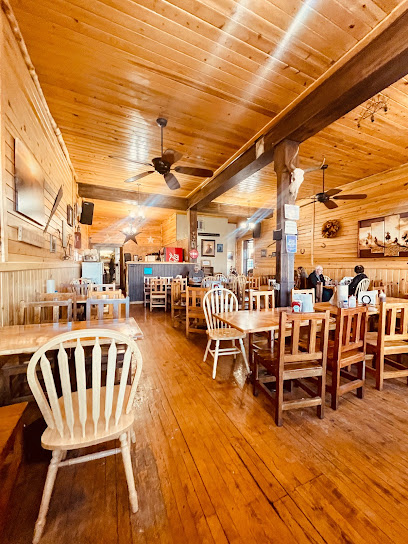
Aunt Sue's Chalet
Discover the charm of Aunt Sue's Chalet, where delicious American cuisine meets a cozy café atmosphere in the heart of Duck Creek Village.
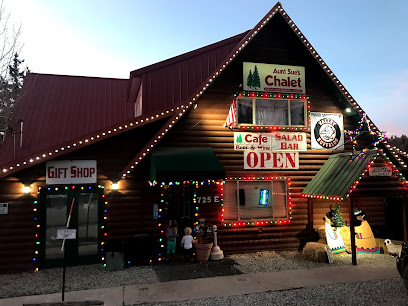
Switchback Grille
Experience exceptional dining at Switchback Grille, where exquisite flavors meet the breathtaking beauty of Zion National Park.
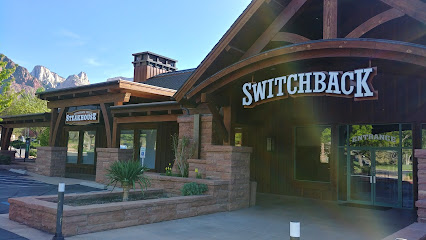
Milt's Stage Stop
Discover the flavors of Cedar City at Milt's Stage Stop, where exquisite steaks and fresh seafood await in a cozy, inviting atmosphere.
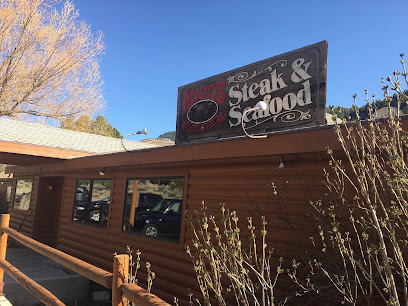
Desert Grill
Discover the taste of Utah at Desert Grill, where local flavors meet hearty portions in a cozy setting.
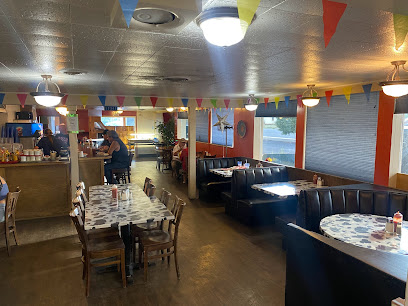
Henrie's Drive In
Savor the authentic taste of American fast food at Henrie's Drive In in Panguitch, Utah, where nostalgia meets flavor in every bite.
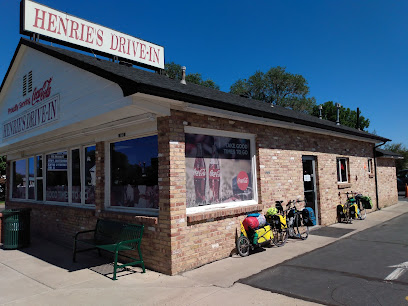
Hive 435 Taphouse
Explore Hive 435 Taphouse in St. George for a lively bar experience with local craft beers and a welcoming atmosphere.
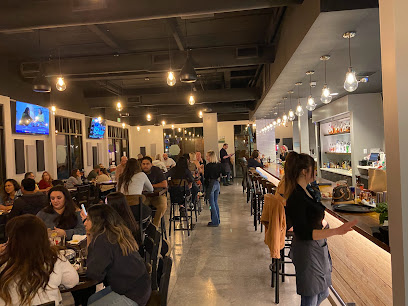
Hot Mama's Pizza & Brew
Discover the best pizza in Duck Creek Village at Hot Mama's Pizza & Brew, where flavors meet adventure in the heart of Utah.
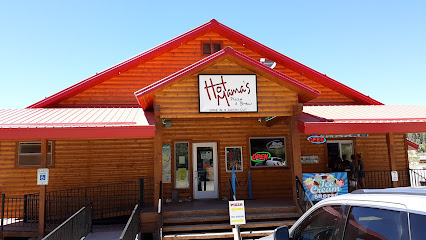
The Outlaw Saloon
Discover culinary delights and exquisite bourbons at The Outlaw Saloon, Hatch, Utah's charming bar and steakhouse.
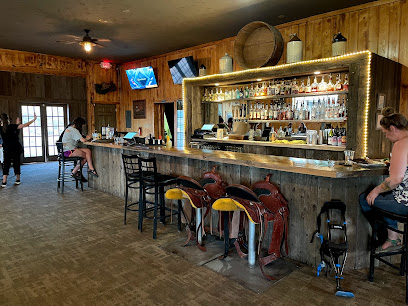
Sevier Coffee Co.
Discover the flavors of Hatch at Sevier Coffee Co., where delicious breakfasts, hearty lunches, and delightful ice cream await in a cozy atmosphere.
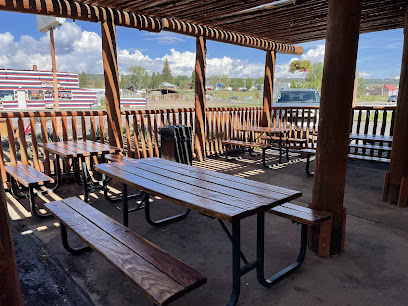
Koral Kafe & Entertainment
Discover the vibrant atmosphere of Koral Kafe & Entertainment, a premier bar and lounge in Washington, Utah, offering delightful food and entertainment.
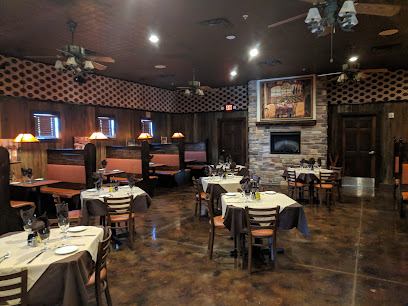
Backroads Bistro
Experience the essence of Utah’s culinary scene at Backroads Bistro, where fresh ingredients and delightful dishes await every traveler.

THE BURGER BARN & BBQ
Discover the ultimate barbecue experience at The Burger Barn & BBQ in Panguitch, serving mouthwatering burgers and smoked delights in a welcoming atmosphere.
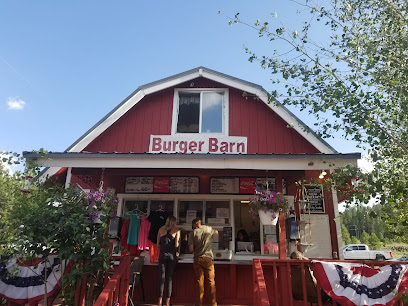
DC Pub & Grill
Experience the vibrant flavors of DC Pub & Grill in Duck Creek Village, where delicious chicken wings, burgers, and sandwiches await you.
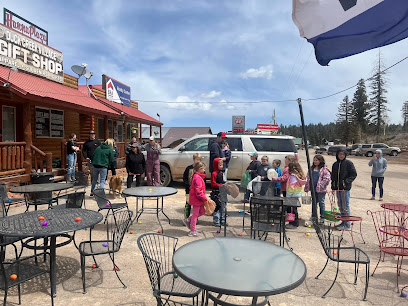
Red Rock Grill
Experience the best of American cuisine amidst the breathtaking scenery of Zion National Park at Red Rock Grill.
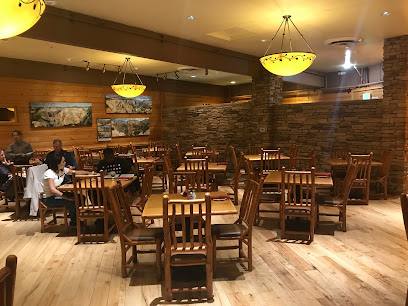
Local Phrases about Dixie National Forest
-
- HelloHowdy
[haw-dee] - GoodbyeY'all come back now
[yawl kum bak now] - YesYessir
[yes-sir] - NoNah
[nah] - Please/You're welcomePlease/You're welcome
[pleez/yur wel-kum] - Thank youThank ya kindly
[thank ya kine-lee] - Excuse me/SorryPardon me
[par-dn me] - How are you?How y'all doin'?
[how yawl doo-in] - Fine. And you?Fine. How 'bout you?
[fine. how bout yoo] - Do you speak English?Ya speak English?
[ya speak ing-lish] - I don't understandI ain't got a clue
[i aint got a kloo]
- HelloHowdy
-
- I'd like to see the menu, pleaseCan I take a gander at the menu, please
[kan i tayk a gan-der at the men-yoo pleez] - I don't eat meatI don't touch the meat
[i dont tuch the meet] - Cheers!Cheers!
[cheers] - I would like to pay, pleaseI reckon it's time to settle up
[i rek-un its tyme too set-tul up]
- I'd like to see the menu, pleaseCan I take a gander at the menu, please
-
- Help!Help!
[help] - Go away!Git!
[git] - Call the Police!Call the Sheriff!
[call the sher-iff] - Call a doctor!Call the Doc!
[call the dok] - I'm lostI'm turned around
[im turnd a-round] - I'm illI'm feelin' poorly
[im feel-in poor-lee]
- Help!Help!
-
- I'd like to buy...I'm fixin' to purchase...
[im fiks-in to pur-chus] - I'm just lookingJust browsin'
[just brow-zin] - How much is it?What's the damage?
[wats the dam-ij] - That's too expensiveThat's mighty pricey
[thats my-tee prye-see] - Can you lower the price?Can y'all do any better on the price?
[kan yawl doo any bet-ter on the pryece]
- I'd like to buy...I'm fixin' to purchase...
-
- What time is it?What's the time of day?
[wats the tyme of day] - It's one o'clockIt's one
[its wun] - Half past (10)Ten-thirty
[ten-thur-tee] - MorningMornin'
[mor-nin] - AfternoonAfternoon
[af-ter-noon] - EveningEvenin'
[eve-nin] - YesterdayYestiddy
[yes-ti-dy] - TodayToday
[to-day] - TomorrowTomorrow
[to-mor-row] - 1One
[wun] - 2Two
[too] - 3Three
[three] - 4Four
[four] - 5Five
[five] - 6Six
[six] - 7Seven
[sev-en] - 8Eight
[ate] - 9Nine
[nine] - 10Ten
[ten]
- What time is it?What's the time of day?
-
- Where's a/the...?Where's the...
[wheres the] - What's the address?What's the street?
[wats the street] - Can you show me (on the map)?Can you point it out?
[kan you point it out] - When's the next (bus)?When's the next one?
[whens the next one] - A ticket (to ....)A ticket (to ....)
[a ticket (to)]
- Where's a/the...?Where's the...
History of Dixie National Forest
-
Dixie National Forest was established in 1905 by the United States Forest Service. Named after the local nickname for the southern part of Utah, the forest covers nearly 2 million acres. It was created to conserve the forest resources, maintain habitat for wildlife, manage water resources, and provide recreational opportunities.
-
Long before European settlers arrived, the area now known as Dixie National Forest was inhabited by Native American tribes, including the Southern Paiute and Anasazi peoples. These indigenous communities utilized the land for hunting, gathering, and agriculture. Petroglyphs and other archaeological sites within the forest provide evidence of their long-standing presence and cultural practices.
-
In the mid-19th century, Mormon pioneers settled in the region, seeking to establish agricultural communities. They found the forest's resources invaluable for building materials, water, and grazing lands. The pioneers named the area 'Dixie' because of its southern location and mild climate, reminiscent of the southern United States.
-
During the Great Depression, the Civilian Conservation Corps (CCC) played a significant role in developing Dixie National Forest. From 1933 to 1942, the CCC constructed roads, trails, campgrounds, and other infrastructure. Their work not only provided employment during tough economic times but also laid the groundwork for modern recreational facilities.
-
Dixie National Forest is home to several historic sites and structures, such as the Pine Valley Chapel, built by Mormon pioneers in 1868. The chapel is one of the oldest continuously used Mormon chapels in the United States. Additionally, remnants of old mining operations and early settler cabins can be found throughout the forest, offering a glimpse into the area's rich history.
-
Throughout the 20th century, Dixie National Forest evolved into a premier destination for outdoor recreation. Activities such as hiking, fishing, camping, and horseback riding became increasingly popular. The establishment of scenic byways, such as the Cedar Breaks Scenic Byway and the Markagunt High Plateau Scenic Byway, made the forest more accessible to tourists and outdoor enthusiasts.
-
Today, Dixie National Forest is managed with a strong emphasis on conservation and sustainable use. Efforts to protect wildlife habitats, preserve water quality, and maintain the forest's natural beauty are ongoing. Modern management practices include controlled burns to reduce wildfire risk and initiatives to combat invasive species, ensuring the forest remains a vibrant and healthy ecosystem.
Dixie National Forest Essentials
-
Dixie National Forest is located in southwestern Utah. The nearest major airport is McCarran International Airport in Las Vegas, Nevada, approximately 180 miles away. Another option is Salt Lake City International Airport, around 270 miles from the forest. From either airport, you can rent a car and drive to the forest, which typically takes about 3-5 hours. Alternatively, shuttle services and buses are available from nearby cities such as St. George, Utah.
-
While Dixie National Forest spans a vast area, having a car is highly recommended for getting around. Major highways like U.S. Route 89 and State Route 12 cross through the forest, providing access to various points of interest. There are no public transportation options within the forest, so renting a car or using a private shuttle service is the best way to explore. For those who love adventure, biking and hiking are great ways to see more remote areas.
-
The official currency is the U.S. Dollar (USD). Most establishments in nearby towns accept credit and debit cards, but it’s a good idea to carry some cash, especially if you plan to visit remote areas. ATMs are available in larger towns like Cedar City and St. George. Make sure to check if your card is accepted in the U.S. and inform your bank about your travel plans to avoid any issues.
-
Dixie National Forest is generally a safe destination, but standard safety precautions should be taken. Be mindful of wildlife and always follow park guidelines. Avoid hiking alone, especially in remote areas, and always let someone know your plans. Be aware of weather conditions, as they can change rapidly. There are no specific high-crime areas targeting tourists, but it’s always best to stay vigilant and keep an eye on your belongings.
-
In case of emergency, dial 911 for immediate assistance. The forest is vast, so cell phone coverage may be limited in some areas. It is advisable to carry a map, compass, and possibly a satellite phone. Local ranger stations can provide assistance and have first aid supplies. Make sure to have travel insurance that covers medical emergencies. Nearby towns like Cedar City and St. George have hospitals and medical facilities.
-
Fashion: Do wear comfortable and weather-appropriate clothing, including sturdy hiking boots. Don't wear flip-flops or open-toed shoes on trails. Religion: Do respect any cultural heritage sites you may visit. Public Transport: There is no public transport within the forest, so plan accordingly. Greetings: Do greet fellow hikers and campers; a friendly nod or wave is customary. Eating & Drinking: Do carry enough water and snacks. Don't leave trash behind; practice 'Leave No Trace' principles.
-
To experience Dixie National Forest like a local, consider visiting lesser-known trails and campsites. Engage with rangers to learn about hidden gems and the best spots for wildlife viewing. Visit during the off-season to avoid crowds and enjoy a more serene experience. Don't miss the scenic drive along State Route 12, which offers breathtaking views and access to several points of interest, including the Escalante Petrified Forest State Park.
Trending Landmarks in Dixie National Forest
-
Zion National Park
-
Arches National Park
-
Bryce Canyon National Park
-
Bryce Canyon National Park Visitor Center
-
Capitol Reef National Park
-
Grand Staircase-Escalante National Monument
-
Snow Canyon State Park
-
Bryce Canyon National Park Sunset Point
-
Cedar Breaks National Monument
-
Manti-La Sal National Forest
-
Gunlock State Park
-
Moqui Cave
-
Bryce Point
-
Kodachrome Basin State Park
-
Natural Bridge
Nearby Cities to Dixie National Forest
-
Things To Do in Cedar City
-
Things To Do in Mt Carmel
-
Things To Do in Bryce Canyon City
-
Things To Do in Springdale
-
Things To Do in Kanab
-
Things To Do in Beaver
-
Things To Do in Escalante
-
Things To Do in St. George
-
Things To Do in Torrey
-
Things To Do in Richfield
-
Things To Do in Page
-
Things To Do in Mesquite
-
Things To Do in Grand Canyon Village
-
Things To Do in Delta
-
Things To Do in Ephraim












